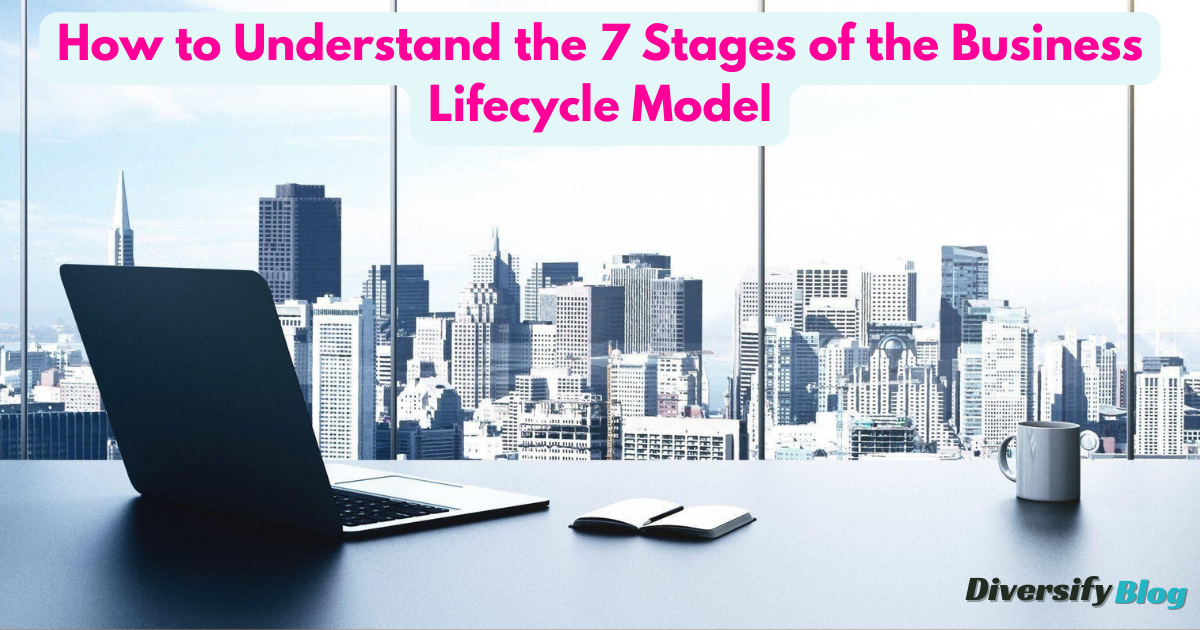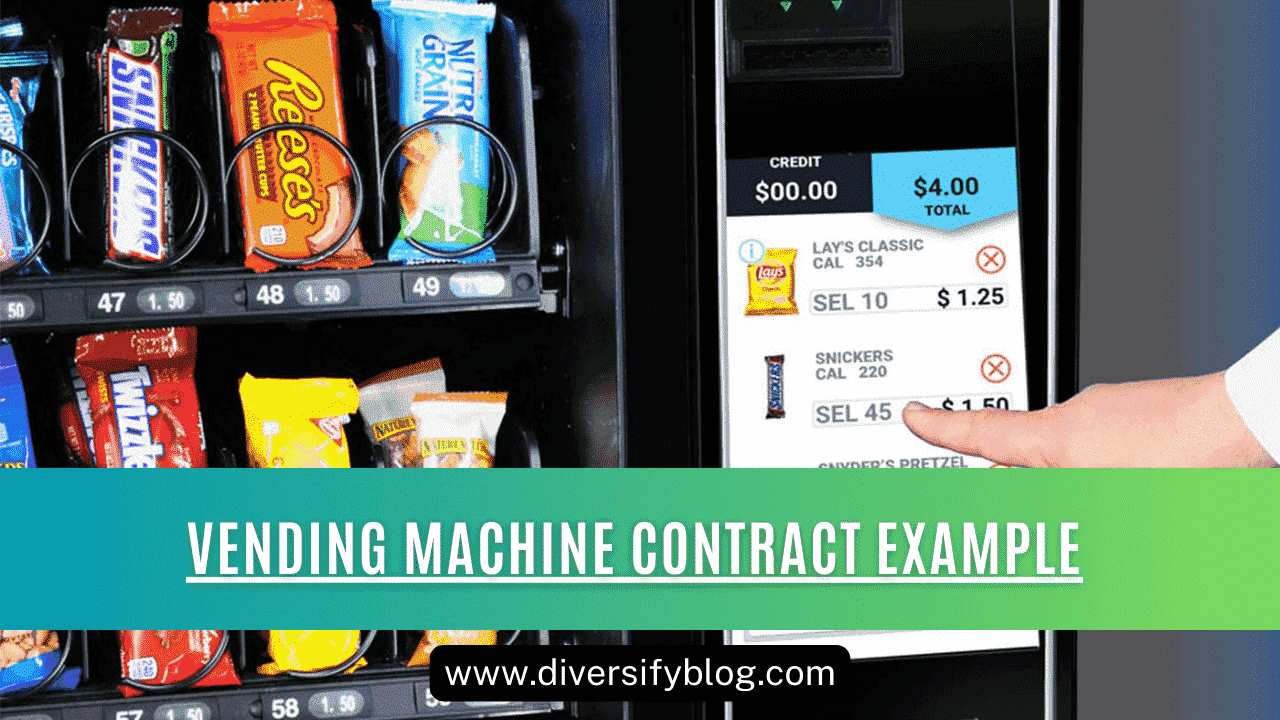Introduction:
The business improvement life cycle is a model that portrays the different stages that a versatile application advancement organization goes through over the long haul. There are seven phases in this model, each with its own difficulties, valuable open doors, and needs. Understanding these stages can assist business visionaries and entrepreneurs with exploring the high points and low points of maintaining a business, plan for the future, and settle on essential choices.
The seven phases of the business improvement life cycle are idea and examination, startup, development, development, extension, decline, and exit. For instance, in full cycle application improvement, the startup stage centers around laying out the business, while the development stage centers around extending and increasing activities. In the decay stage, the emphasis might be on rebuilding or scaling back, while in the leave stage, the emphasis is on leaving the business in a manner that boosts esteem.
Table of Contents
The seven phases of the business improvement life cycle Idea and Exploration:

The main phase of the business improvement life cycle is the idea and examination stage. This stage includes the underlying improvement of a business thought and directing statistical surveying to evaluate the practicality of the thought.
During this stage, business visionaries commonly distinguish a market need or opportunity and foster an idea for an item or administration that can address that issue or make the most of the open door. They then lead the examination to approve the idea and survey the potential market size, rivalry, and benefit of the thought.
The exploration stage can include gathering information on purchaser conduct, industry patterns, and economic situations. Business visionaries may likewise lead overviews, center gatherings, or different types of statistical surveying to acquire experiences into client inclinations and requirements.
Startup:
The startup stage is the second phase of the business advancement life cycle, and it is described by the send off and foundation of the business. In this stage, the business person takes the thought created in the idea and exploration stage and transforms it into a genuine business by getting subsidizing, setting up tasks, and sending off the item or administration.
During the startup stage, the emphasis is on laying out the business and building an establishment for future development. This can include undertakings like fostering a brand personality, recruiting staff, procuring assets, and fostering a showcasing plan to elevate the business to expected clients.
The startup stage can be trying as the business is still in its beginning phases and there might be numerous questions. The business person should be versatile and able to make changes to the field-tested strategy depending on the situation in light of market criticism and different variables.
Versatile Application Engineering Development:
The development stage is the third phase of the business improvement life cycle, and it is described by the extension and scaling of the business. In this stage, the attention is on expanding income, constructing the client base, and extending the activities of the business.
During the development stage, the business visionary might have to tie down extra subsidizing to help the extension of the business. This can include looking for speculations from investors, banks, or different wellsprings of funding. The business may likewise have to enlist more staff, procure extra assets, and put resources into showcasing and promoting to draw in new clients.
As the business grows, the business person might have to lay out new frameworks and cycles to deal with the expanded responsibility and guarantee that the business is working proficiently. This can include creating standard working strategies, carrying out new innovation frameworks, and recruiting particular staff to oversee different parts of the business.
Development of Business:
The development stage is the fourth phase of the business improvement life cycle, and it is described by the strength and proceeded with outcome of the business. In this stage, the emphasis is on keeping up with the market position, benefit, and activities of the business.
During the development stage, the business has proactively accomplished a huge degree of progress and steadiness, and may have a dedicated client base and laid out brand personality. The business person might have to zero in on advancing activities and smoothing out cycles to keep up with benefit and upper hand. This can include growing new items or administrations, further developing client support, and investigating new market open doors.
The development stage can likewise be a period of advancement and inventiveness. The business might have to remain in front of contenders by putting resources into innovative work, working on existing items, or making new items or administrations that meet developing client needs.
Be that as it may, the development stage can likewise introduce new difficulties for the business. For instance, the business might confront expanded contests from new participants on the lookout, changing client inclinations, or mechanical progressions that disturb the business.
Woo-Commerce versus Shopify Development:
The extension stage is the fifth phase of the business improvement life cycle, and it is described by a huge expansion in the size of tasks and venture into new business sectors or geologies. In this stage, the attention is on accomplishing more prominent piece of the pie, income development, and productivity by extending the business.
During the development stage, the business visionary might have to tie down extra funding to help the development of the business. This could include assuming obligation, giving value, or searching out different wellsprings of financing. The business may likewise have to foster new associations, procure different organizations, or venture into new business sectors or geologies.
Extending the business can imply huge dangers and difficulties, like expanded contest, administrative obstacles, and functional intricacies. The business person should be ready to settle on essential choices and proceed with carefully weighed out courses of action to accomplish the ideal development.
Decline:
The decay stage is the 6th phase of the business improvement life cycle, and it is described by a reduction in income, piece of the pie, and productivity. In this stage, the business faces huge difficulties and may battle to keep up with its situation on the lookout.
During the downfall stage, the business visionary should zero in on distinguishing the main drivers of the decay and creating methodologies to address them. This can include a scope of activities, like lessening costs, working on functional effectiveness, expanding into new business sectors, or growing new items or administrations to meet changing client needs.
Nonetheless, now and again, the decay stage might be irreversible, and the business visionary might have to think about a leave procedure, like selling the business or twisting it down.
The decay stage can be a troublesome and profound time for the business person, who might have contributed huge time, energy, and assets into the business. Be that as it may, it means quite a bit to move toward this stage with an unmistakable head and a readiness to settle on difficult choices to guarantee the most ideal result for all partners.
Exit
The leave stage is the last phase of the business advancement life cycle, and it includes the end of the business. During this stage, the business person should come to key conclusions about how to unwind the tasks of the business and disseminate any leftover resources for partners.
There are multiple ways that a business can exit, including offering the business to an outsider, converging with another organization, or selling the business and dispersing the returns to partners.
Offering the business to an outsider can be a decent choice assuming the business has huge resources or licensed innovation that are important to different organizations. This can include finding a purchaser who will buy the business at a fair cost and arrange the conditions of the deal.
Converging with another organization can be a decent choice in the event that the business is battling and needs to consolidate assets with one more organization to stay reasonable. This can include finding an accomplice who will converge with the business and make another substance that can keep on working.
Final word
All in all, the 7 Phases of Business Improvement Life Cycle give a far reaching system to grasping the development of a business from its origin to development. Each stage presents exceptional difficulties and potential open doors that require cautious route and key independent direction. From the underlying idea and practicality evaluation to development, extension, and possible development, organizations should adjust, improve, and streamline their activities to stay serious in the present powerful market scene.
For a portable application improvement organization in Dallas, these stages hold specific pertinence as they set out on their excursion to progress. Beginning with the ideation of creative application arrangements, the organization should then survey their possibility, cautiously plan the improvement cycle, and execute with accuracy. As the application gets momentum and the organization’s standing develops, they’ll confront the difficulties of increasing activities while keeping up with the nature of their administrations. Adjusting to showcase patterns and mechanical headways becomes urgent in the development stage.

Frequently Asked Questions:
- What is the Business Lifecycle Model?
The Business Lifecycle Model is a structure used to comprehend the various stages that a business normally goes through from initiation to exit. It assists business people and entrepreneurs with expecting difficulties and open doors at each phase of their organization’s development.
- What are the 7 phases of the Business Lifecycle Model?
The 7 phases are: Seed Stage, Startup Stage, Development Stage, Laid out Stage, Extension Stage, Development Stage, and Leave Stage.
- What occurs during the Seed Stage?
The Seed Stage is the underlying stage where the business thought is considered. Business visionaries center around statistical surveying, thought approval, and getting beginning financing or venture.
- Depict the Startup Stage.
The Startup Stage is described by the send off of the business. Here, business visionaries foster their items or administrations, assemble their group, and lay out their market presence. Client procurement is a critical concentration during this stage.
- What characterizes the Development Stage?
The Development Stage denotes a time of quick extension. Organizations experience expanding deals, portion of the overall industry, and benefit. Scaling tasks, venturing into new business sectors, and refining business processes are normal exercises at this stage.
- When does a business enter the Laid out Stage?
The Laid out Stage is reached when the business has accomplished security and a strong market position. It has a dependable client base, laid out memorability, and reasonable income streams. The center movements to upgrading tasks and keeping up with intensity.
- What describes the Development Stage?
The Extension Stage includes vital drives to additionally develop the business. This might incorporate entering new business sectors, broadening product offerings, or growing dissemination channels. Organizations frequently look for extra financing or associations to help development endeavors.
- What occurs during the Development Stage?
The Development Stage is a time of soundness and development. Development rates settle, and contest might increase. Organizations center around amplifying productivity, improving client steadfastness, and advancing to remain applicable on the lookout.
- When should a business consider the Leave Stage?
The Leave Stage is when proprietors choose to progress out of the business. This could include selling the organization, opening up to the world through an Initial public offering, or giving it to the future. Making arrangements for a leave system is vital to guarantee a smooth progress and boost esteem.
- How could understanding the Business Lifecycle Show help business visionaries?
Understanding the Business Lifecycle Model permits business people to expect difficulties and potential open doors at each phase of their business process. It helps in going with informed choices in regards to asset assignment, development procedures, and long haul arranging, eventually improving the probability of progress.




















1 Comment
Your comment is awaiting moderation.
Thanks for sharing. I read many of your blog posts, cool, your blog is very good.
Your comment is awaiting moderation.
I don’t think the title of your article matches the content lol. Just kidding, mainly because I had some doubts after reading the article.
Your comment is awaiting moderation.
Your point of view caught my eye and was very interesting. Thanks. I have a question for you.
Your comment is awaiting moderation.
Can you be more specific about the content of your article? After reading it, I still have some doubts. Hope you can help me.
Your comment is awaiting moderation.
I don’t think the title of your article matches the content lol. Just kidding, mainly because I had some doubts after reading the article.
Your comment is awaiting moderation.
Can you be more specific about the content of your article? After reading it, I still have some doubts. Hope you can help me.
[…] unforeseen events like natural disasters, theft, or vandalism can severely disrupt your operations. Business insurance provides coverage for damages, repairs, and replacements, ensuring that your business can […]
Your comment is awaiting moderation.
[…] How to Understand the 7 Stages of the Business Lifecycle Model […]